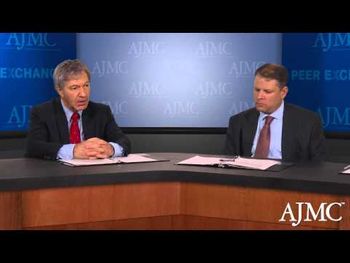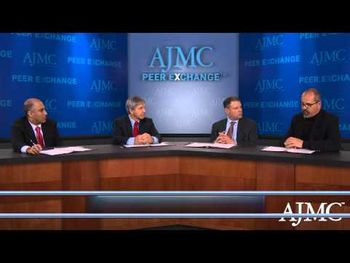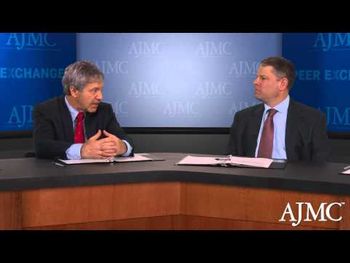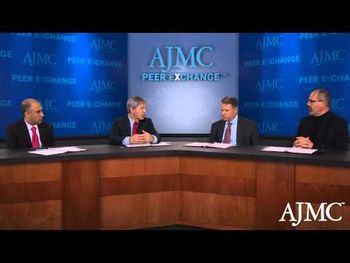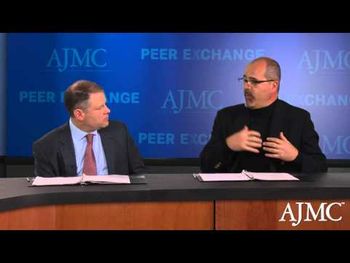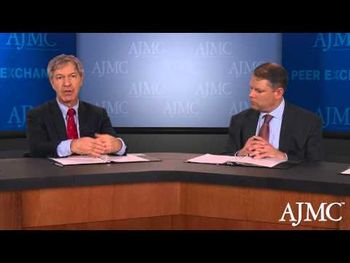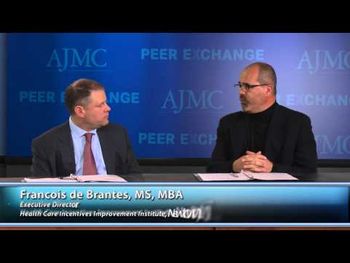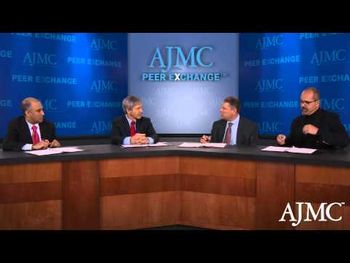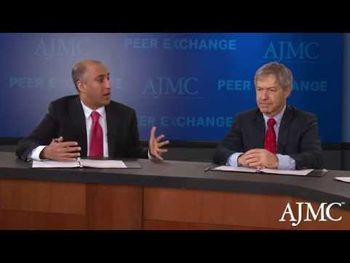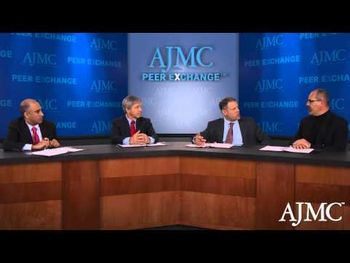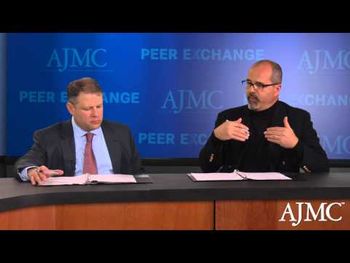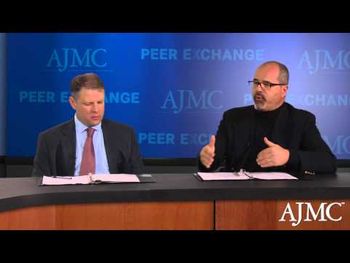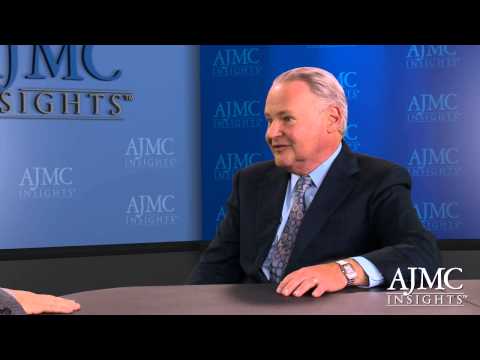
Health Care Delivery
Latest News
CME Content




This week CMS released their third round of annual data, the value-based topics of the American Society of Clinical Oncology gained new ground, and The American Journal of Managed Care will travel to their 75th session of the American Diabetes Association in Boston.

The report found a 6.5% increase in the compound annual growth rate during the 5-year period leading up to 2014.

A healthcare blog from experts at The Commonwealth Fund evaluates how the Affordable Care Act is transforming care delivery across institutions.

Insurance companies are proposing a double-digit rate hike in 2016, with Blue Cross Blue Shield seeking a premium increase of 20% or more in several states.

Governor Bobby Jindal wants the state budget to meet requirements of Americans for Tax Reform. Even a less severe plan that has passed the Louisiana House still falls short in funding to compensate private operators of charity hospitals and medical schools.

During the Health Services Research and Quality of Care session on the second day of the annual meeting of the American Society of Clinical Oncology, being held at the McCormick Convention Center, Chicago, oncologists discussed barriers to patient participation in cancer clinical trials, and discussed attributes of the high cost of care.

Although teenagers have greater access to mental healthcare compared with 2 years ago, there remain racial and ethnic inequalities, according a survey from the University of Michigan National Voices Project.
